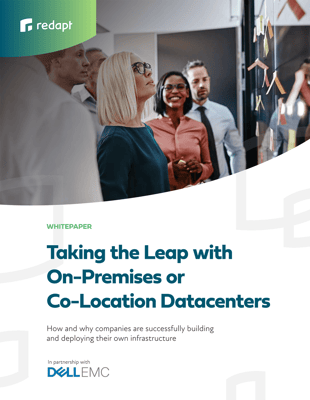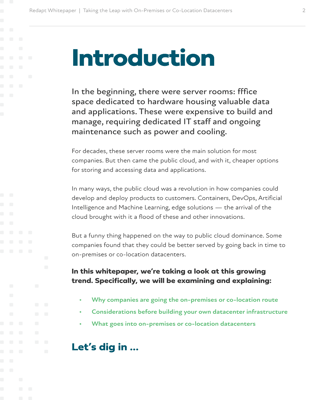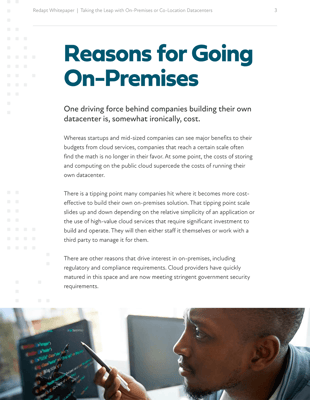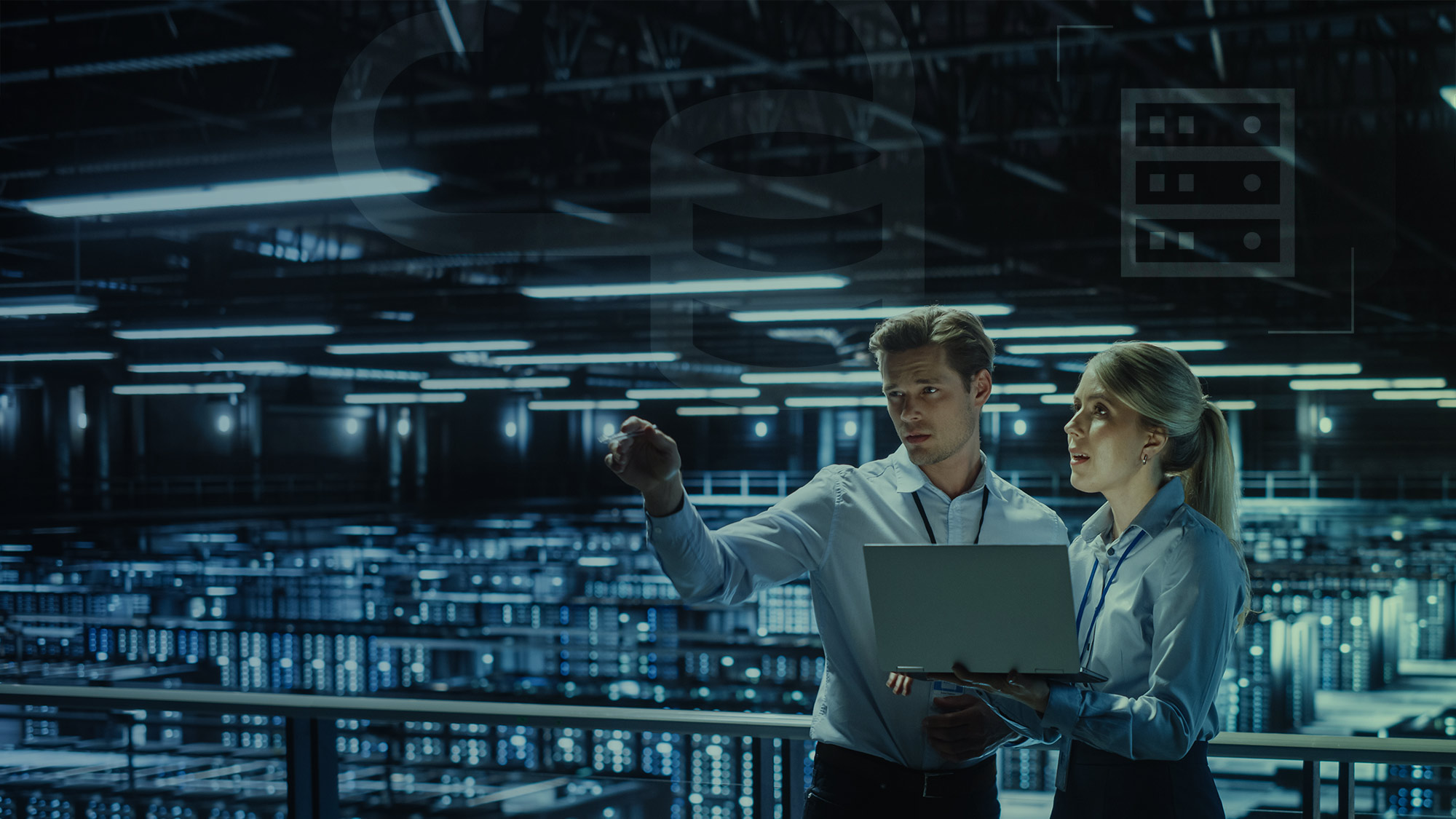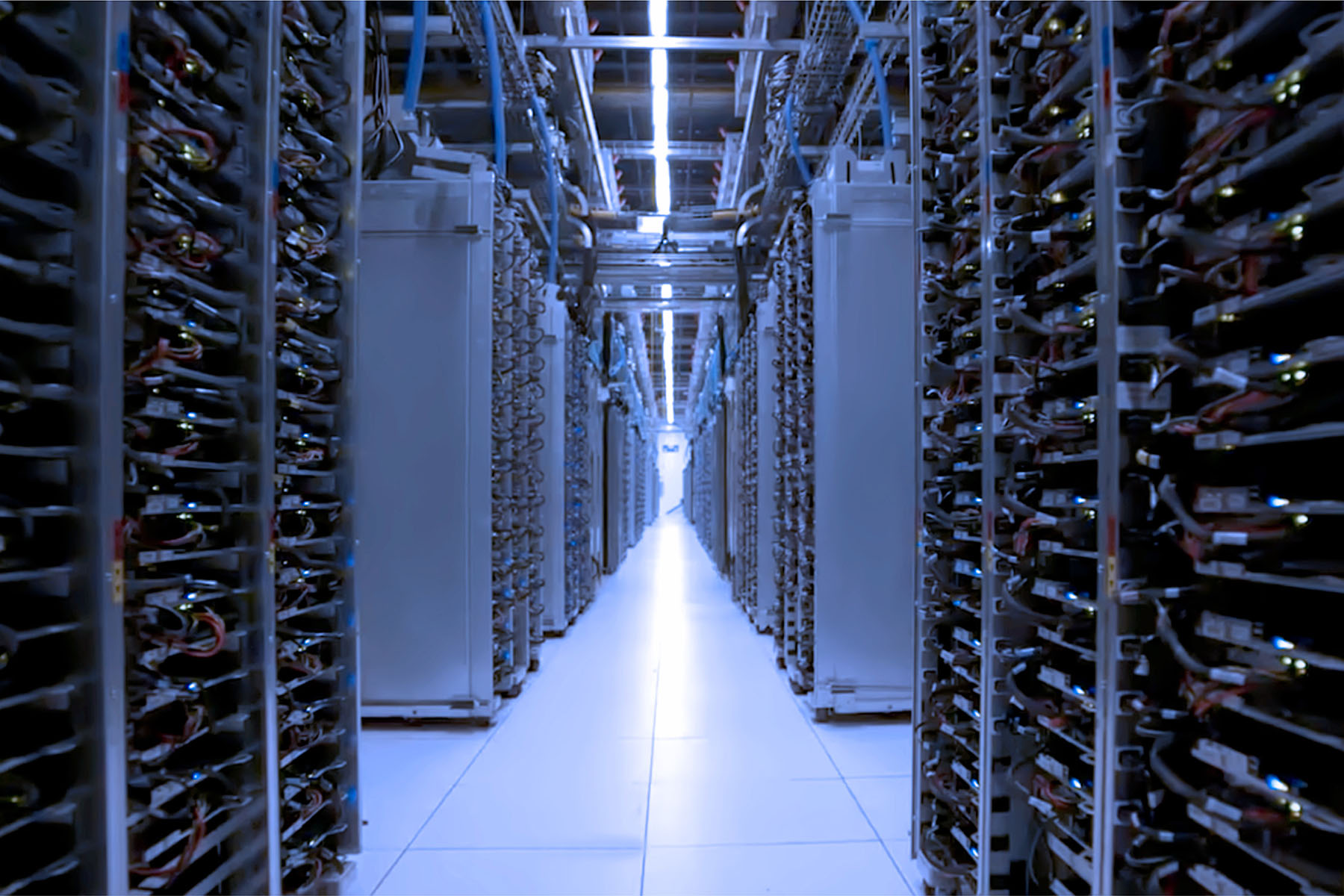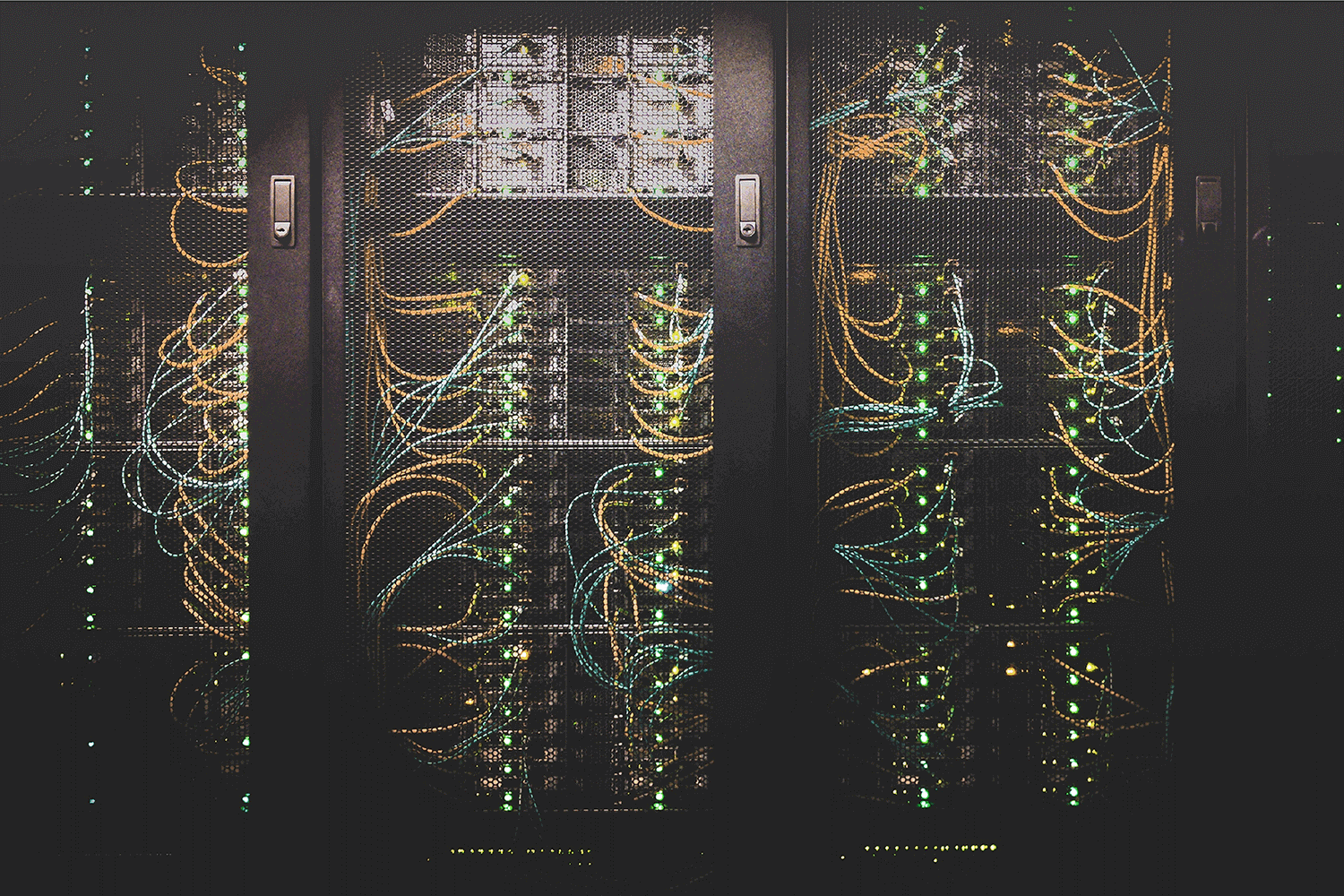It’s no secret there are substantial costs in running your own datacenter—both monetarily and for the environment.
For the good of the planet and your own bottom line, reducing these costs should be high on the list for your company.
While a lot of the sustainability focus has been on the power and cooling needs of datacenters—which are two things that have seen a lot of improvement—those are by no means the only ways to make your datacenter more sustainable.
Here are four areas beyond power and cooling where you can help reduce the impact your datacenter makes on the planet.
Datacenters mean hardware, and that hardware needs to be packaged, shipped, and delivered.
When it comes to saving resources and reducing emissions, this is where it pays to keep your eye on the little things.
Click here to read the complete guide on modernizing your datacenter.
Here are some suggestions:
- Streamline your shipping wherever possible to cut down on the distance your hardware needs to travel.
- Schedule delivery and physical integration so that your datacenter can be up and running in as efficient a time frame as possible.
- Consider reusable crates for transporting your hardware to the facility.
Technology is always improving, and you should always be on the lookout for how you can implement positive changes into your datacenter.
It used to be that building datacenter meant allocating more and more space. Now the reverse is true, since the footprint modern datacenters need for things like computing capacity are shrinking. Each iteration of technology offers increased power efficiency and density.
As you build or expand your datacenter, make sure to explore the very latest in technology. You might find you don’t need quite the footprint you think you do.
While it’s true that power draws and cooling are quickly improving, these gains are also being outpaced by the global demand for capacity in storage.
The expansion of data-intensive technologies is only going to make that demand skyrocket, so as you explore increasing your own storage capacity, take a hard look at just how much capacity you will actually need and build for that. Just because you can overbuild doesn’t mean you should.
Data may essentially be a stream of ones and zeroes, but that stream still needs to be transported from the cloud to where it’s put to use.
So as you work on designing and building your datacenter, have the power needed to keep the data stream move in mind. Some places around the world have more sustainable power sources than others, which can make them more appealing.
Finally, don’t forget about the distance your data stream will need to travel in order for you to put it to use. The closer your users are to your datacenter — even it’s just in the same region — the more they’ll enjoy the experience while using fewer resources.
For more information on all things datacenters, download our free whitepaper Taking the Leap with On-Premises or Co-Location Datacenters.
Get Your FREE Workplace Modernization Playbook.
Learn how to adopt new technologies that make your organization more nimble and efficient.
Categories
- Cloud Migration and Adoption
- Enterprise IT and Infrastructure
- Artificial Intelligence and Machine Learning
- Data Management and Analytics
- DevOps and Automation
- Cybersecurity and Compliance
- Application Modernization and Optimization
- Featured
- Managed Services & Cloud Cost Optimization
- News
- Workplace Modernization
- Tech We Like
- AWS
- Social Good News
- Cost Optimization
- Hybrid Cloud Strategy
- NVIDIA
- Application Development
- GPU

